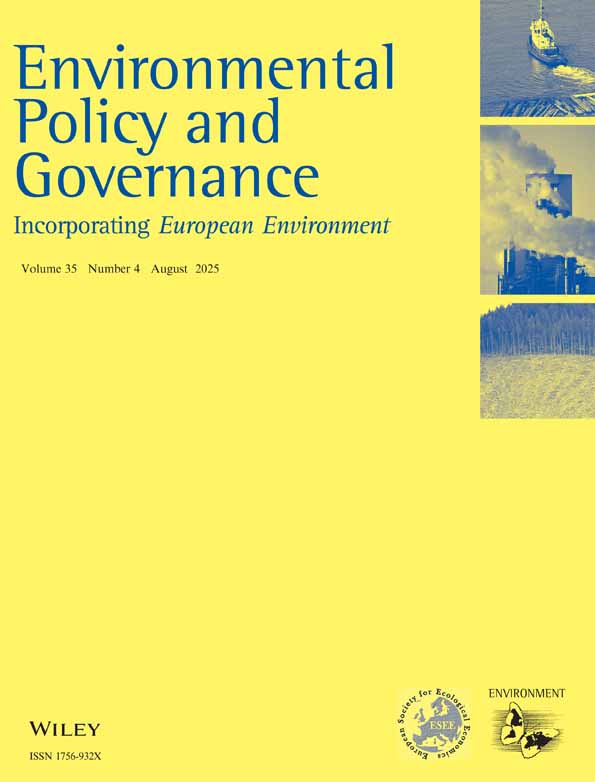Limits of co-operation: a German case of environmental mediation
Abstract
Alternative dispute resolution (ADR) has been very successful as a mechanism for resolving environmental conflict in the United States. Although it has rarely been used in Europe, European social scientists still have high expectations of its potential to achieve consensual, fair solutions and, in so doing, to increase the general welfare. The promised outcome, it is hoped, can be accomplished through a cooperative procedure resting on extended participation, transparency and procedural justice. In the first part of this paper it is argued that the success or failure of ADR depends not only on the procedure itself, but also on exogenous factors. Three types of exogenous factor can be distinguished. First, there are exogenous restrictions to possible solutions: the opportunities for negotiated agreements depend upon the physical, technical and economic feasibility of potential solutions, as well as upon the law. Second, the course and the result of the negotiation is restricted by the best alternatives to a negotiated agreement (BATNA) of the disputants; these alternatives are mostly determined by external factors. Third, in collective bargaining the room for negotiation is also limited by political directives from the negotiator's constituencies or supervisors. The second part of this paper is devoted to a case study of the mediation in the waste management programme of Neuss County, Germany. This mediation attempted mainly to resolve a conflict over the siting of a waste incineration plant. It ended without consensus. It will be shown how exogenous restrictions, outside options and political guidelines influenced the course of the mediation, how they enlarged or diminished the negotiation space and, ultimately, how they determined the final outcome. Copyright © 2000 John Wiley & Sons, Ltd and ERP Environment




